How to grow Polemonium
There are around 25 species of polemonium, which is also known as Jacob’s ladder due to the rung-like arrangements of its pinnate leaves. It is grown for its tolerance of shade and late spring to early summer flowers, often in shades of purple or white.
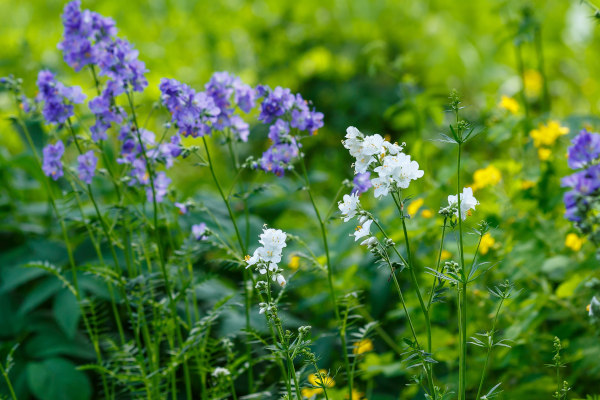
Zantedeschia is a genus of flowering plants from the family Araceae and is native to southern Africa. With a rich history dating back to the Ancient Romans, these deciduous or semi-evergreen perennials have been used as a symbol of celebration. Zantedeschia was Named after Professor Giovanni Zantedeschia, an Italian botanist.
There are two main forms of Zantedeschia: hardy and tender. Hardy forms of the plant can be grown outdoors, enjoy moist soil and full sun or partially shaded conditions - these are known as Arum lilies. Tender forms of Zantedeschia prefer being grown in containers or pots and should be brought inside over the winter - these are known as Calla lilies.
With tuberous flora in all colours from whites, yellows and oranges to deep reds and purples, Zantedeschias are not to be overlooked in any garden, as long as they have sufficient sunlight to grow in.
Ready to learn more about growing Zantedeschia? Read on for all there is to know...

Key Information
Soil pH
Position
Hardiness

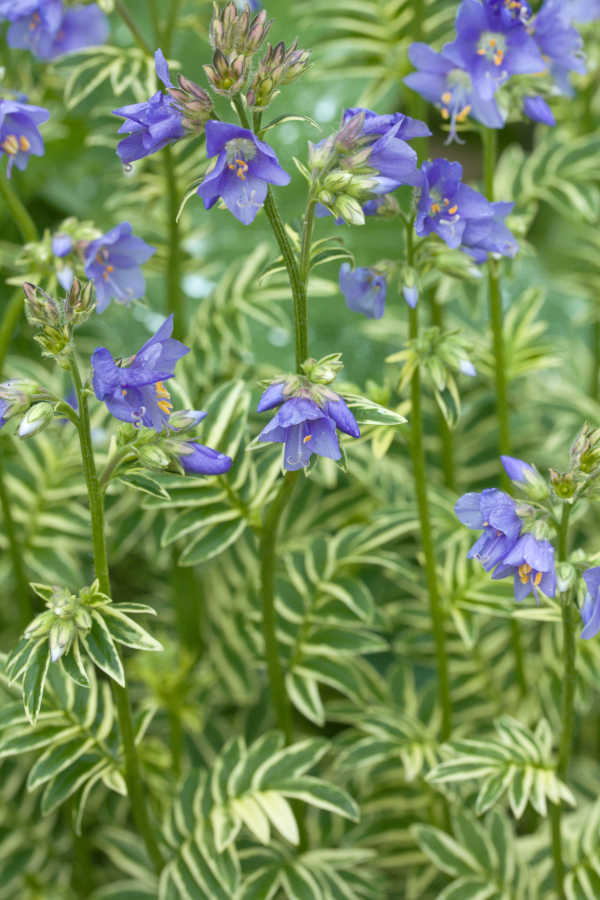
Where & when to plant Polemonium
Position- Full sun to part shade
Soil- Fertile, moist, well drained
Flowering Period- Late spring to early summer
Hardiness- Hardy
For best results, plant in autumn or spring. An autumn planting can be done by those gardening in mild conditions (and broadly speaking, this is the southern half of the UK). For those liable to cold winters, it is best to wait until spring (generally the northern half of the UK). Planting can also be carried out in summer, though be prepared to water regularly.
Polemonium does best in a consistently moist spot in light dappled shade. When choosing your position, it is worth being aware that dark green varieties will cope with more direct sunlight than variegated forms. Beneath deciduous trees, in a woodland garden, or partially shaded border are all perfect spots for this cottage garden classic.
Polemonium can also be grown in a container, provided it is watered regularly.
Avoid areas prone to winter waterlogging.
How to plant Polemonium
In the ground
- Clear the chosen area of weeds.
- Dig a planting hole several times larger than the root ball. Now is the time to give your soil a boost by adding well-rotted organic matter to the planting hole and mixing in thoroughly. In heavy, clay soil a generous addition of sand or horticultural grit will also be of benefit.
- Place the plant in the hole, ensuring the top of the root ball sits level with the surface of the soil. Too low and the plant may rot, too high and the roots can dry out.
- Backfill with soil and firm in gently.
- Soak well with water.
- Mulch around the base with well-rotted organic matter.
In a container
- Choose an appropriate container, ensuring there are plenty of drainage holes in the bottom.
- It can be a good idea to fill large pots in situ, to save yourself the trouble of moving once full.
- For best results use a good quality potting compost with a few handfuls of horticultural grit mixed in. If not already present in the compost, add some slow-release fertiliser granules.
- Start by partially filling the pot with compost; enough so that when placed on it the upper surface of the root ball is about 3cm lower than the top of the pot.
- Infill all the space surrounding the root ball with compost, firming down with your fingers then adding a little more so the plant is held tight.
- Pick up the pot and lightly tap on the potting bench or ground a few times to help further settle the compost around the plant.
- Soak well with water.
- A mulch with horticultural grit will look attractive and help to prevent a ‘cap’ or crust forming on the top of the compost (something container plants can suffer due to the artificial nature of their watering).

What to plant with Polemonium
Combine polemonium with other moist, dappled shade lovers such as corydalis, dicentra, tiarella, persicaria, and tellima. Foliage plants such as hostas and ferns will complete the picture.
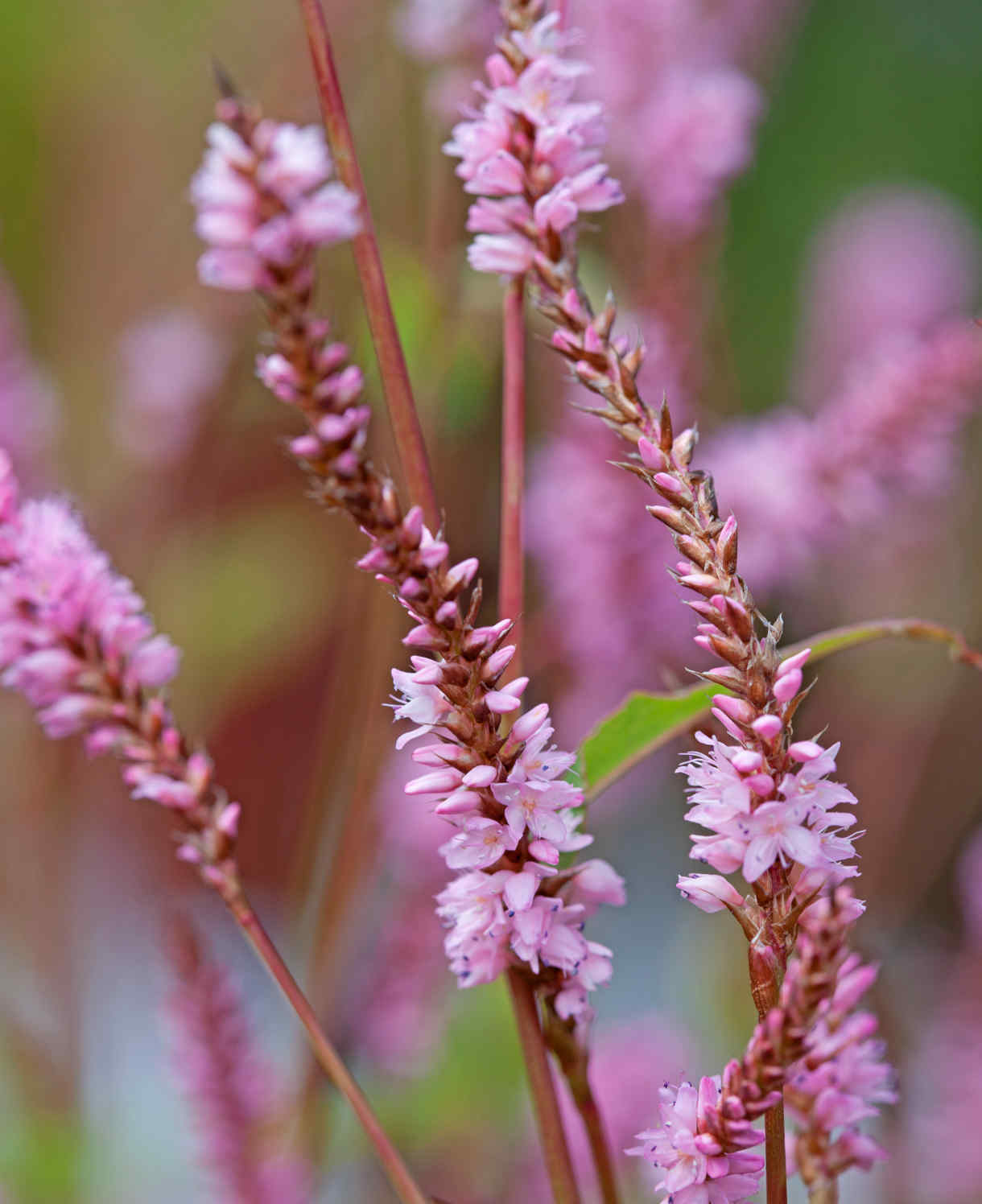
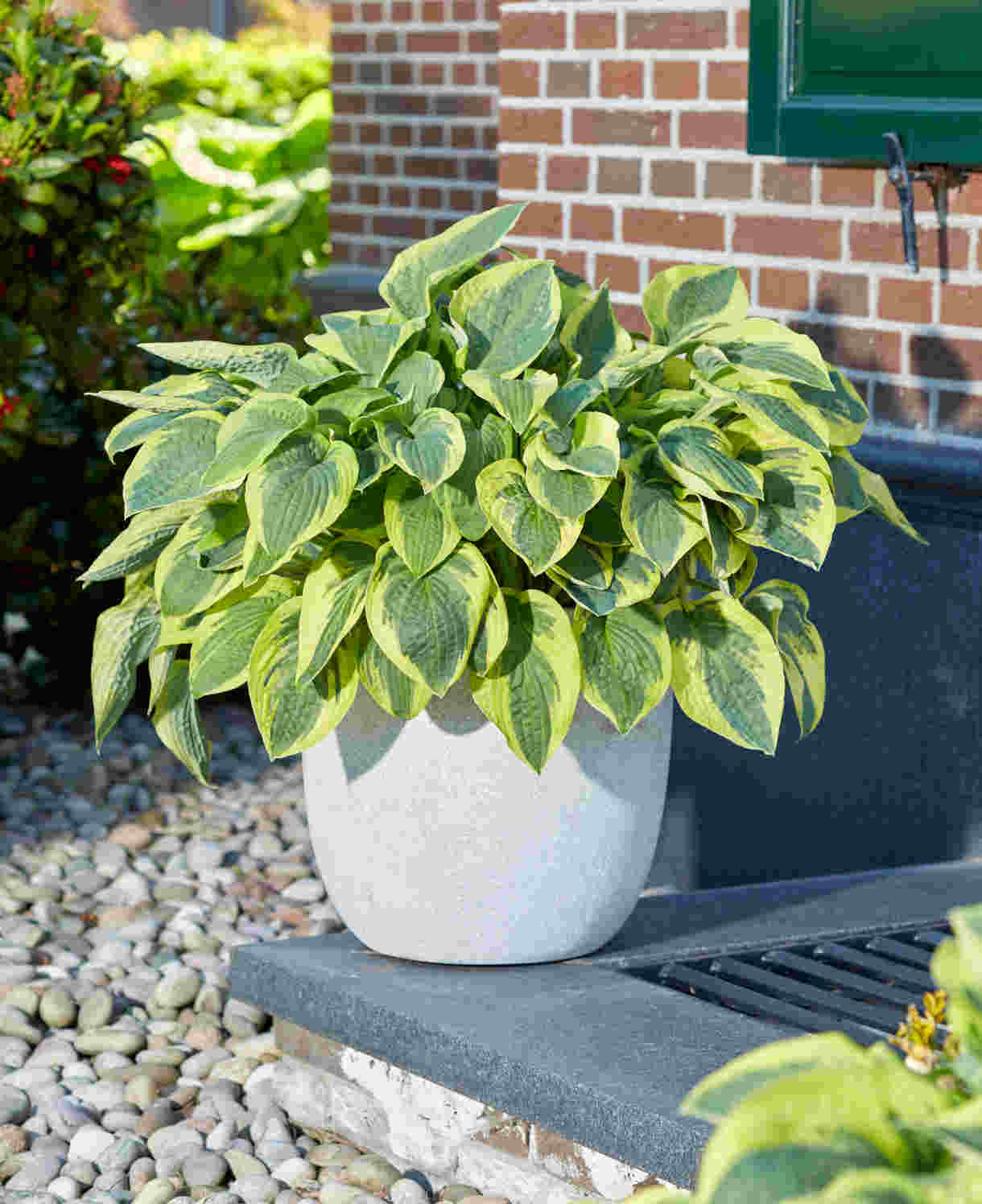
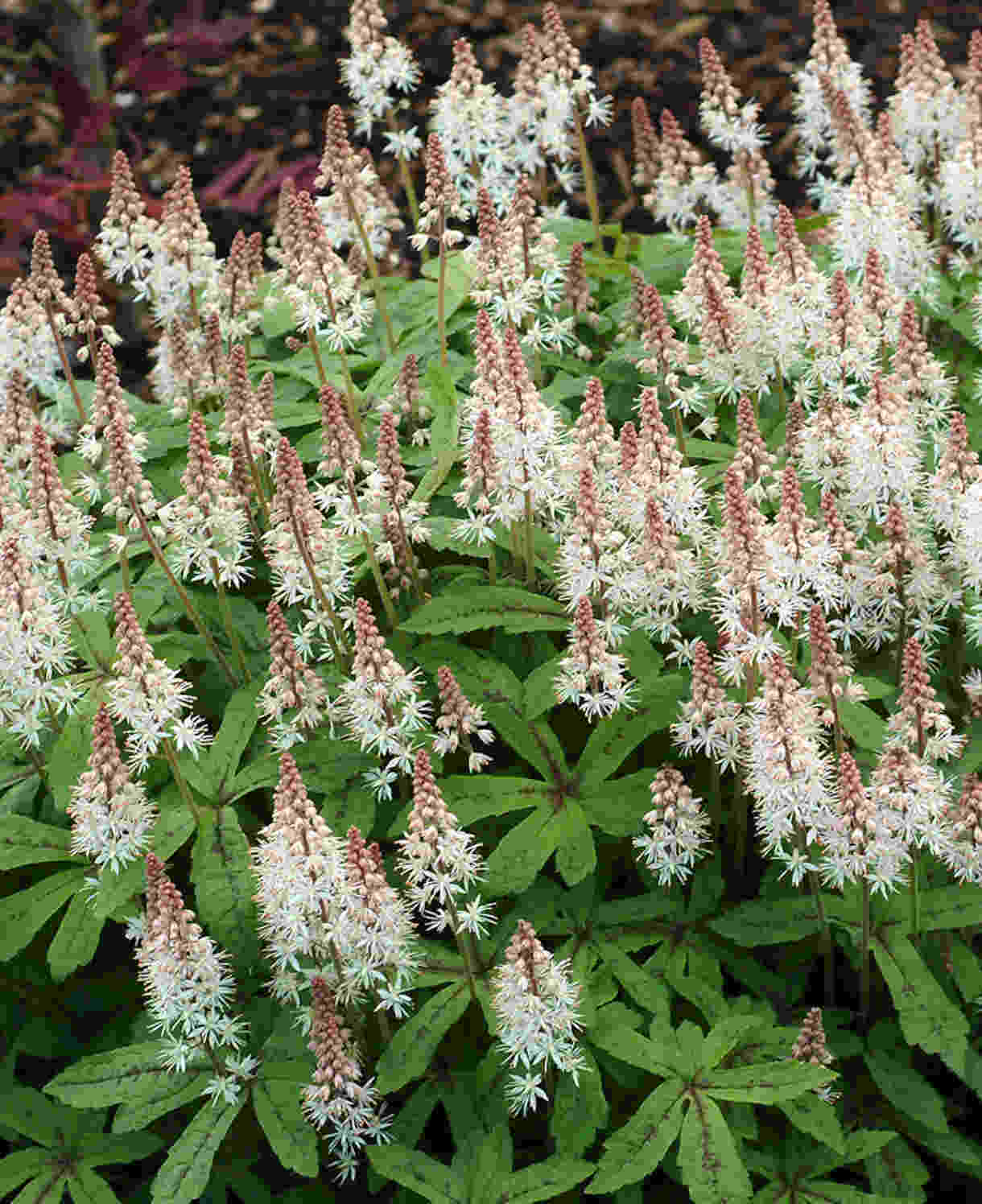
How to care for Polemonium
Pruning and Deadheading
Cut flowered stems back once they have finished blooming to promote a second flush later on.
Cut the entire plant down to ground level in autumn.
Watering
Water until established (which usually means the first growing season), and then in very dry spells thereafter. Polemonium prefers consistent moisture levels and will struggle in soil which dries out too often.
Container-grown polemonium requires regular watering throughout the growing season.
Cold Protection
Polemonium is hardy and able to withstand a UK winter outside without the need for additional protection.
Pests and Diseases
Polemonium is generally problem-free, though may occasionally succumb to powdery mildew. This appears as a white, powdery coating on foliage, and can be caused by poor air flow and/or insufficient moisture in the soil.
Prune off and dispose of any affected leaves, keep plants well-watered (avoiding water on the foliage if possible), and if necessary, thin out surrounding plants to improve airflow. Do not over fertilise, as this will generate an excess of soft, new growth which is particularly susceptible.
How to propagate Polemonium
Established clumps of polemonium are best propagated by division in early spring. As well as providing new plants, this also maintains the health and vigour of existing specimens.
- Choose a day when the soil is not frozen or waterlogged.
- Dig the plant out of the ground.
- Shake off any excess soil.
- Separate the plant into sections using either swift, cutting blows with a sharp spade, or two forks inserted back-to-back with tines touching, handles then pushed together to prise the plant apart.
- Discard old, damaged, or surplus pieces, keeping healthy, vigorous material.
- Replant selected pieces where desired.
- Water well until fully established.
Common Polemonium questions
Does jacobs ladder spread?
Polemonium is a prolific self-seeder and will spread itself about readily. If not wanted, this can be very easily controlled by removing spent flowerheads before they have a chance to set seed.
When should I cut back polemonium?
Polemonium is best cut back in autumn. See our ‘Pruning and Deadheading’ section above for more details.
Is polemonium a perennial?
While annual species of polemonium do exist, all those sold by Hayloft are perennial, meaning they will die back in winter and reappear the following spring. Provided it is given the right conditions and a generous annual mulch, polemonium can make a long-lasting addition to the garden.





